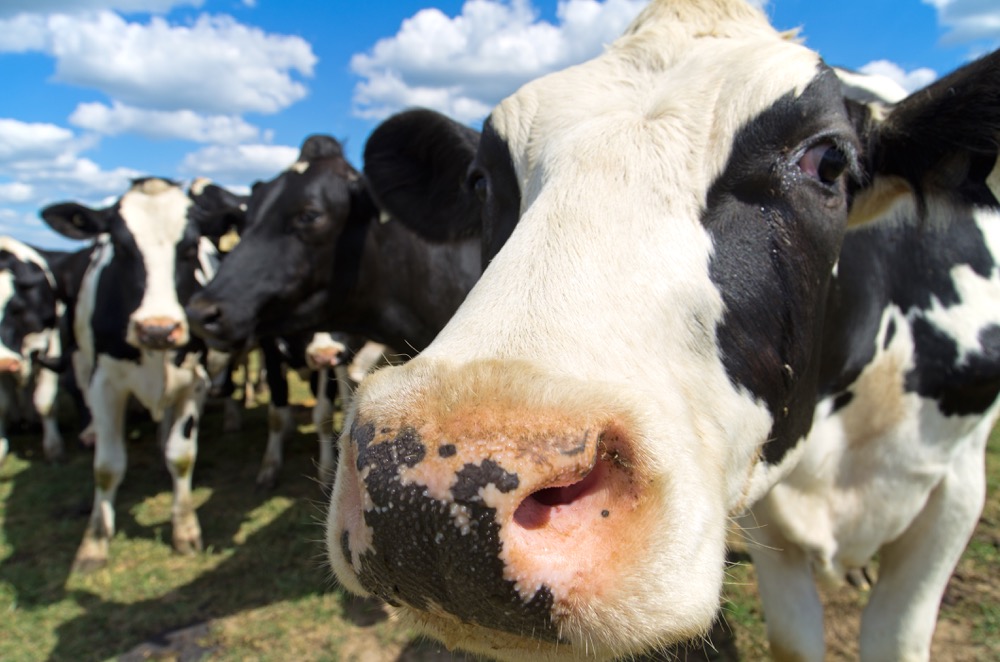Trains, planes and trucks are in constant motion to move Canadian agricultural commodities and value-added products across our massive country to ports for distribution around the world.
Our farmers depend on a functioning infrastructure that includes road, rail and the sea. The more interruptions there are to the smooth and timely flow of goods, the more pressure on the cost of storage and on the final price.
Unseen by many farmers are the costs to moor ships, for track interruptions or for delays at docks. These are all carried by the commodity price in the basis. Last year, the moored vessel time increased by nearly 20 per cent — costing an additional demurrage fee of $52.2 million, which was reflected in the freight basis on commodities such as grains and pulses.
Read Also

Guarding against misinformation: Do you believe in house hippos?
Misinformation and disinformation run rampant in today’s digital age. Farmers must be wary of the digital dangers and know how to keep themselves safe.
Most commodities and foods are shipped by sea and in Canada, getting product to port is the challenge. Although there are six class one rail companies, the majority of infrastructure and market share is owned by CN (52 per cent) and CP (31 per cent). The 54 class two rail companies are largely deployed to transport goods into the U.S.
We cannot say there is competition for rail service as 99 per cent of loading points, such as grain elevators, have one loading line.
Each year there are times when the rail company supplies only 50 per cent of the required cars for on-time delivery. Taking up the slack, and integral to the system, are trucks which depend on public funds to ensure roads are in good enough shape. They are not. Only 40 per cent of the two-lane arteries in Canada are actually paved. That is less than half of the 1.2 million kilometres of road having safe, year-round access. Agriculture and agri-food are highly truck dependent for temperature-controlled items that need to be brought in or shipped out such as baked goods, strawberries or beef.
- More with Brenda Schoepp: Loss of extension services left a hole in rural communities
Nearly 70,000 trucking companies in Canada carry a variety of export goods to port or to the U.S. Twenty-five per cent of fertilizer travels by truck and competes for loading on truck and on rail with crude oil, grain, coal, wood products and copper in the Western Corridor. In the Continental Corridor, trucks are primarily moving auto parts, wood products, metals, coal, petroleum and salt. On the road in the Atlantic Corridor is mostly seafood or petroleum bound for the eastern seaboard. These are all products that will never move by plane for safety or cost reasons.
In Canada, there are 51 large cargo airports that play an important part in agriculture. The most common foods shipped by air are berries, green beans and asparagus. Although planes do not carry loads of wheat or sides of beef to other destinations, they will carry high-end and perishable products such as cherries that are picked fresh and loaded immediately for discerning markets such as Japan. Global air shipment of food is less than one per cent. Most cargo planes leaving Canada will be carrying either pharmaceuticals or precious metals. Over 54 per cent of all air cargo goes through Montreal.
With the longest coast line in the world, Canada is also home to 559 ports of which 18 are the most active. Over half of all shipments go through one — the Port of Vancouver. With all of those trucks and rail cars arriving to very few points, largely Vancouver and Montreal, it is easy to visualize how any choke point would back up the flow of goods rather quickly. For nearly two years I have watched the dozens of freighters, many of them grain ships, lazily moored in the straits leading to Port of Vancouver. Their physical presence for long periods of time is costing the shipping company and farmers hundreds of thousands of dollars per day.
The choke points are both at point of loading, such as an elevator and at delivery which is often at port. The rail lines have periods of unreliability, and regulations limit the functionality of private-owned short lines. The planes do little to move agricultural products and trucks face harsher roads and load limits, drive time restrictions and interprovincial regulations that do not allow cross-Canada travel for every trailer. And all those trucks must take one route — one route — in a country that is one of the largest exporters in the world.
Canadian infrastructure is not broken, but it is inadequate.
The roads, rails and docks reflect a postwar era when the country was growing. Now agriculture is the economic powerhouse in this nation and it is not production but infrastructure that impedes its capabilities.
We have an exceptional reputation for safe and clean food commodities and food. Global buyers want value and timely delivery. This demand pull is supported by the quality produced by the most technically advanced farmers and ranchers in the world. They deserve to receive fair and timely movement of goods to market.
From the farm gate to the five oceans, we need a modern and improved infrastructure so we may deliver on this promise. Our reputation depends on it.
















